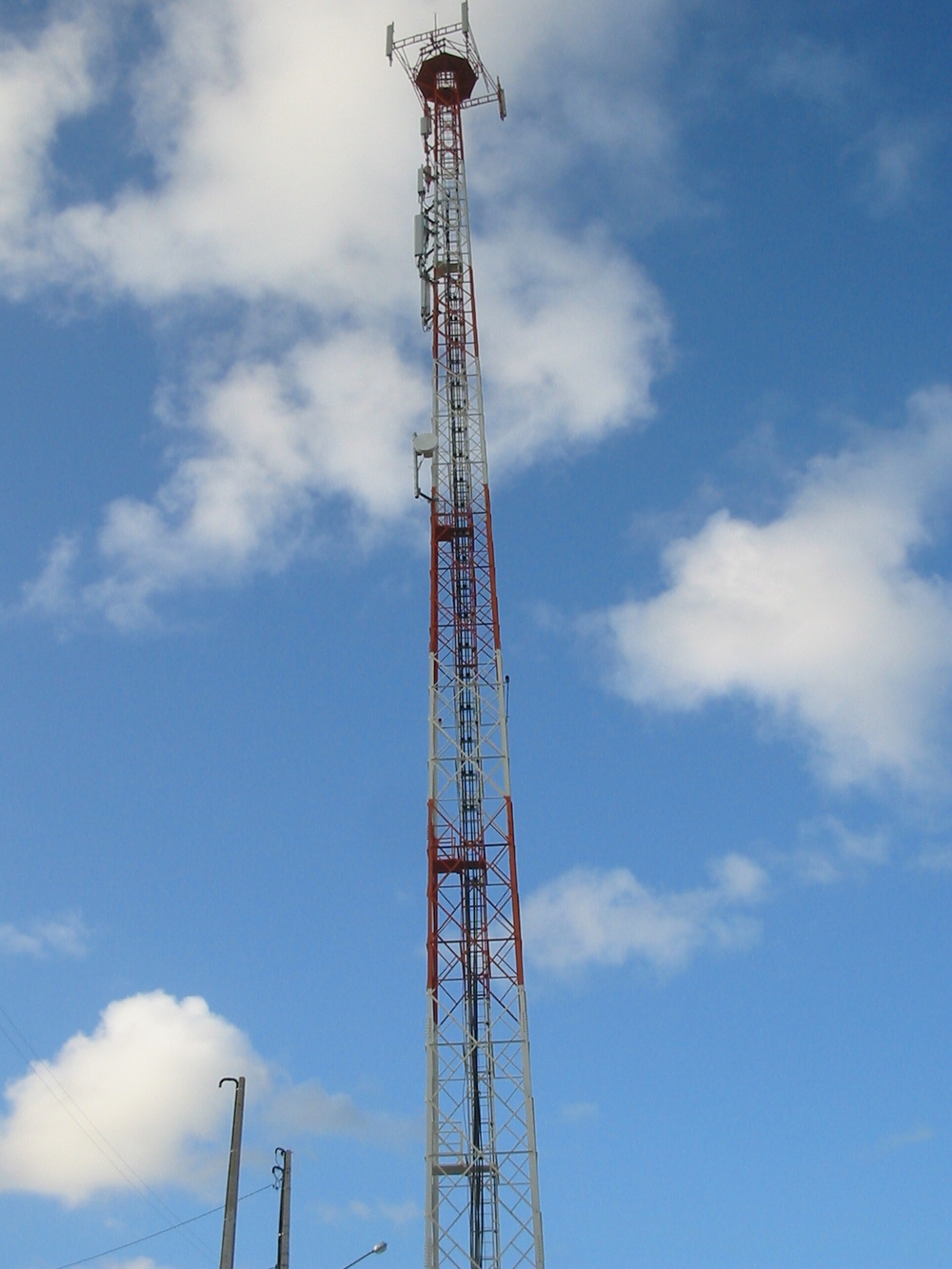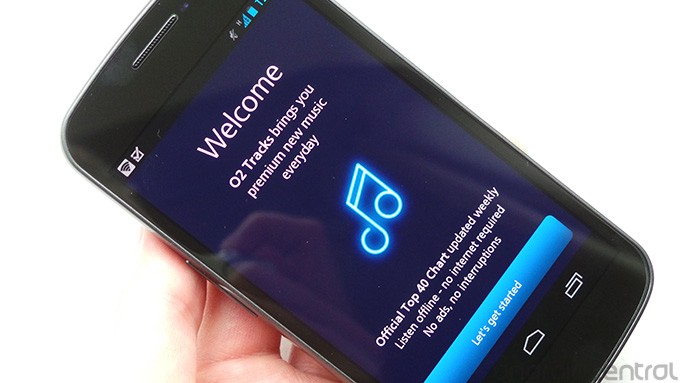Vulnerability scanning protects your networks and applications from outside attack and should be a major cornerstone in the online security protection of any organisation. IT security is not an issue that you can afford to take lightly, but with the right precautions in place you can ensure that any risk is effectively minimised.
How it works
Vulnerability scanning techniques vary from company to company, but the basic principles are the same: a scan depth and schedule appropriate to the networks and software involved is worked out and then set to run automatically at designated intervals — click here for a more detailed breakdown of how the process works.
There are typically four different elements involved: the scanning itself, the analysis of the contents of the scan, appropriate alerts and then detailed reports. Again, the alerts and reports can be customised as required, to suit the needs of the business. Low-risk threats may not set off an alert at all, for example, but will be mentioned in any reports.
Benefits
By taking a pro-active approach to threats from the web, vulnerability-scanning software is able to significantly reduce the risk of internal and external breaches of a network. Any unauthorised access can be spotted and dealt with at the earliest opportunity. Penetration testing alone is not enough.
Getting a dedicated provider on board to take care of vulnerability scanning services means that your costs can be substantially reduced, both in terms of money spent on IT monitoring and the time and effort required keeping watch for vulnerabilities manually. What's more, a regular scanning schedule means that infrastructure changes are also flagged up and reported at the earliest possible opportunity.
The reports generated by your scanning software package of choice can be invaluable in identifying potential problems and weaknesses in your existing applications. As time goes on, you can use them to build up a comprehensive picture of your own systems and networks, which means that you're better prepared for any attack from outside.
Peace of mind
With the correct, validated vulnerability scanning procedures in place, you can enjoy the peace of mind that comes from knowing that your systems have been secured against outside threats. Once the initial assessment has been carried out, the scanning tools themselves run automatically and require very little in the way of maintenance or fine-tuning.
The nature of the threats arriving from the Web is changing all the time and so it's important to install a vulnerability scanning system that can change and adapt too. By finding a security provider who understands your network and its applications, you can get a bespoke solution designed to fit your protection needs exactly.
Vulnerability scanning deals with a very real and present danger, but as long as you have a competent and reliable security solution in place, it's not a threat that should keep you awake at night. When choosing a provider, look for one that combines both top-of-the-range software solutions with expert human engineers who can be on hand to deal quickly with any issues that may arise.







